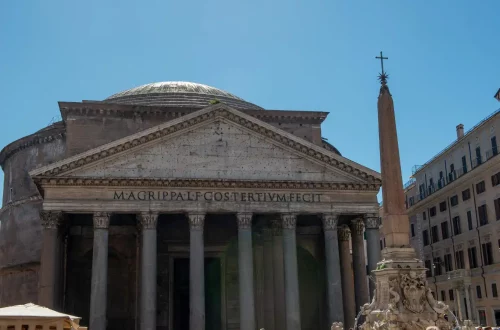The importance of tracing your italian roots
There are various reasons why someone might want to trace their Italian family tree. One common motivation is to validate eligibility for Italian citizenship.
Italy offers citizenship by descent, which means that if you can prove that you have an Italian parent or grandparent, you may be eligible for dual citizenship. This can open up opportunities for travel, work, and living in Italy and other European Union countries.
Additionally, many people embark on this journey to preserve their family history for future generations. Tracing your Italian roots is more than just a genealogical exercise; it’s a journey into the past that helps you reconnect with your heritage.
Building an Italian family tree allows you to uncover stories, traditions, and values that have been passed down through generations. This process can provide a deeper understanding of your family’s history and cultural background, enriching your sense of identity and belonging.
By exploring your ancestry, you can discover the regions your ancestors came from, the occupations they held, and the challenges they faced, all of which contribute to a richer appreciation of your heritage.
How to start building your Italian family tree
The first step in building your Italian family tree is to gather the basic information that is already available within your family. Start with what you know: names, birth dates, marriage dates, and places of residence. This initial data will serve as the foundation for your research and help you identify gaps that need to be filled.
Family interviews
Conducting interviews with older family members can also provide valuable information that may not be recorded in official documents. Grandparents, great-aunts, and uncles often have valuable stories and details about the family history that can provide context and fill in missing pieces.
Prepare a list of questions to guide the conversation, focusing on names, dates, places, and any anecdotes or traditions that have been passed down. Recording these interviews can also create a precious archive for future generations.
Take advantage of specialized assistance to secure your passport for a borderless future.
Tools and resources for tracing italian ancestry
Various types of documents can be invaluable in your genealogical research. Civil records, such as birth, marriage, and death certificates, are primary sources of information. Baptismal certificates and other church records can also provide crucial details, especially for periods before civil registration was established.
Immigration records, including passenger lists and naturalization documents, can help trace the journey of your ancestors from Italy to their new home.
Online platforms
Several online platforms specialize in genealogy and offer access to Italian records. Websites like Ancestry.com and FamilySearch.org provide extensive databases of civil and church records, as well as user-generated family trees that might connect to your own.
These platforms often have search tools that allow you to filter results by region, date, and type of record, making it easier to find relevant information.
Parishes and municipal records in italy
In addition to online resources, visiting parishes and municipal offices in Italy can be incredibly fruitful. Many churches keep detailed records of baptisms, marriages, and burials, often dating back several centuries. Municipal offices, or “comuni,” maintain civil records that can provide further documentation of your ancestors’ lives.
If you are unable to visit in person, many of these records can be requested by mail or through local researchers.
Overcoming challenges in genealogical research
One of the challenges in tracing Italian ancestry is dealing with documents written in Italian.
Learning basic genealogical terms in Italian can be very helpful, and there are many online resources and dictionaries available to assist with translation. In some cases, hiring a professional translator or genealogist who specializes in Italian records can be a worthwhile investment to ensure accuracy and completeness in your research.
Lost or inaccessible documents
Sometimes, records may be lost, damaged, or simply inaccessible. In such cases, it’s important to explore alternative sources of information.
Contacting distant relatives who may have family documents or photographs can provide new leads. Additionally, exploring historical archives, local libraries, and genealogical societies in different regions can uncover valuable information that might not be available elsewhere.
The journey of discovery and connection
Building an Italian family tree is not just about obtaining citizenship; it’s about deepening your connection with your family’s legacy. This journey of discovery can foster a sense of pride and continuity, helping you appreciate the sacrifices and achievements of your ancestors.
It also provides an opportunity to pass down this rich history to future generations, ensuring that your family’s legacy lives on.
Obtained your genealogy and documentation?
If you have successfully traced your genealogy and gathered the necessary documentation, you might be eligible for Italian citizenship. This can be a significant step in reconnecting with your heritage and enjoying the benefits of dual citizenship.
To navigate the process smoothly, consider seeking assistance from professionals who specialize in Italian citizenship applications, such as io.citizen. We can guide you through the legal requirements and help you officialize your right to Italian citizenship, making your connection to your ancestral homeland even stronger.
By following these steps and utilizing the available resources, you can embark on a meaningful journey to uncover your Italian roots, connect with your heritage, and preserve your family’s legacy for future generations.






